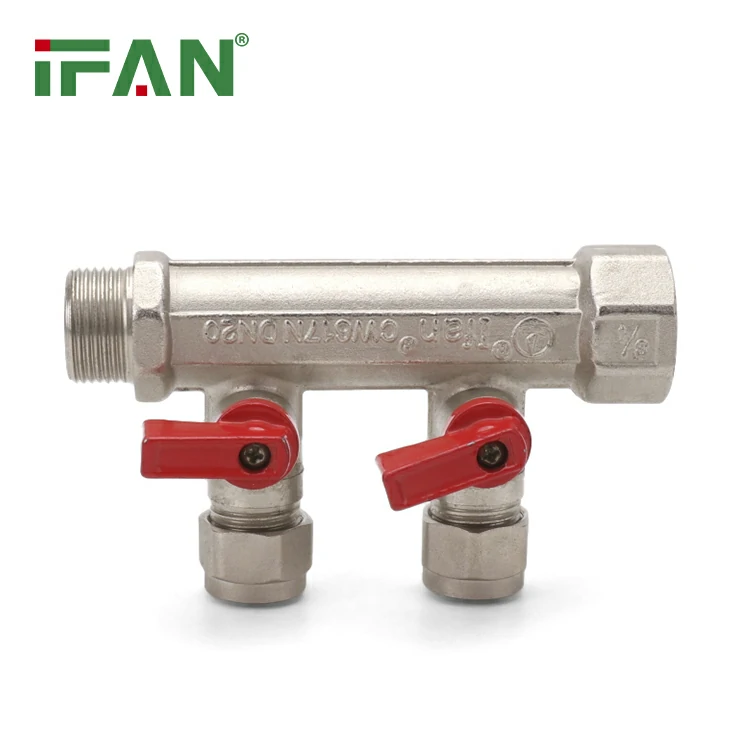Basic Definition and Function
A manifold is a pipe or chamber that distributes or collects fluids, gases, or electrical signals in a system. It acts as a central hub, ensuring efficient flow control. In fluid systems, a manifold splits one input into multiple outputs or combines several inputs into one. For example, in plumbing, a water manifold distributes supply lines to different fixtures.
Types of Manifolds in Engineering
Manifolds vary by application. Hydraulic manifolds direct oil flow in machinery. Exhaust manifolds in engines collect combustion gases. Electrical manifolds manage wiring connections. HVAC manifolds regulate refrigerant flow. Each type optimizes system performance by reducing pressure drops and improving efficiency.
Role in Fluid Distribution Systems
A manifold ensures balanced fluid distribution in heating, cooling, and irrigation systems. In underfloor heating, it controls water flow to different zones. Without a manifold, pressure imbalances could cause uneven heating. Properly designed manifolds minimize energy waste and improve system reliability.
Importance in Automotive Engines
In cars, an intake manifold delivers air-fuel mixture to cylinders. An exhaust manifold collects burnt gases from cylinders. A faulty exhaust manifold can reduce engine power and increase emissions. High-performance engines use tuned manifolds for better airflow and combustion efficiency.
Applications in Industrial Machinery
Hydraulic systems rely on manifolds to control actuators and motors. A well-designed hydraulic water distributor reduces leaks and pressure losses. In CNC machines, manifolds distribute coolant to cutting tools. Industrial manifolds often include valves for precise flow regulation.

Manifolds in Plumbing and HVAC
Water supply manifolds in homes distribute hot and cold water efficiently. HVAC manifolds split refrigerant flow to multiple evaporators. A poorly installed HVAC water distributor can cause temperature fluctuations. Modern smart manifolds adjust flow automatically for optimal performance.
Advantages of Using a Manifold
Manifolds simplify complex piping systems by centralizing connections. They reduce installation time and maintenance costs. In fire protection systems, a manifold ensures even water distribution to sprinklers. Their modular design allows easy expansion or modification.
Common Issues and Maintenance Tips
Leaks, cracks, and clogging are common manifold problems. Regular inspections prevent failures. In heating systems, air trapped in a manifold reduces efficiency. Flushing and descaling extend a manifold’s lifespan. Proper material selection (e.g., stainless steel for corrosive environments) enhances durability.
Conclusion
A manifold plays a critical role in fluid, gas, and electrical systems. It improves efficiency, reduces energy waste, and ensures reliable operation. Choosing the right manifold design and material is essential for long-term performance. Proper maintenance keeps systems running smoothly.

